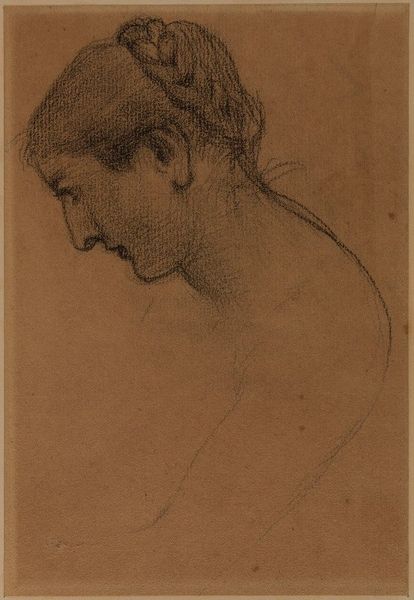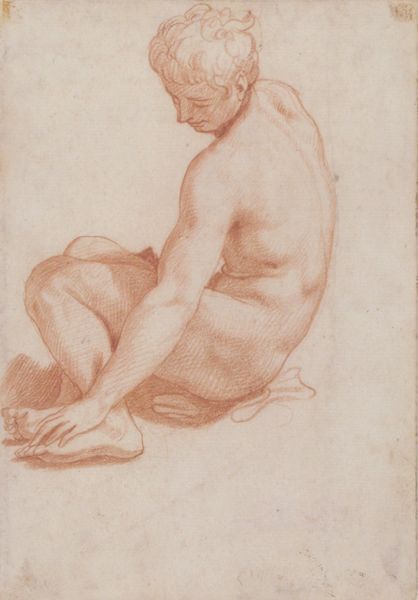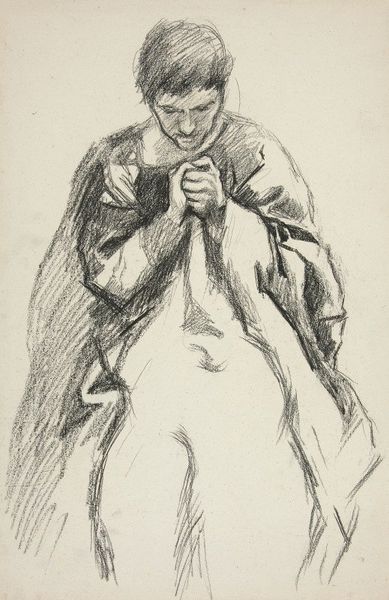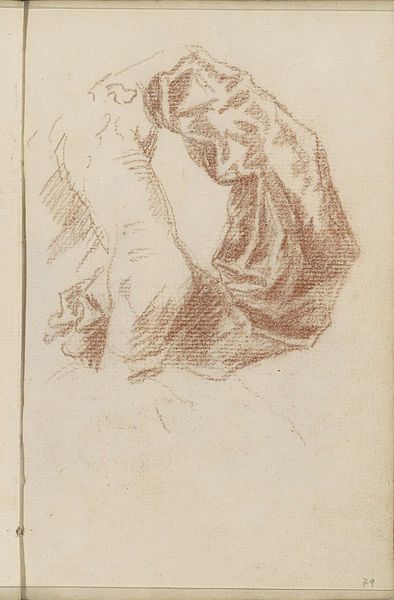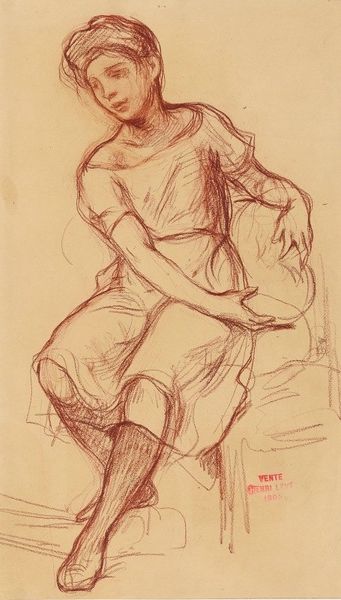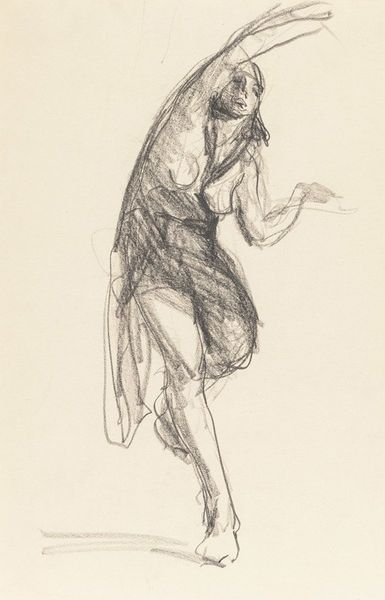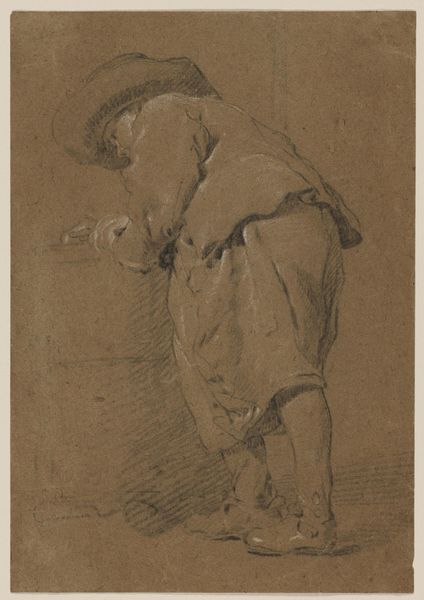
drawing, charcoal
#
portrait
#
drawing
#
german-expressionism
#
charcoal drawing
#
pencil drawing
#
portrait drawing
#
charcoal
#
realism
Copyright: Public Domain: Artvee
Max Liebermann likely made this drawing with charcoal on paper sometime between the late 19th and early 20th centuries. Liebermann was a leading figure in the German Impressionist movement, and his work often depicted scenes of everyday life, particularly those of the working class. This drawing offers insight into the lives of working women in Germany during this period. The act of sewing, while mundane, was crucial for many women to sustain themselves and their families. Considering Liebermann's social background as a member of the educated Jewish upper-middle class, it is interesting to analyze what might have motivated him to represent women of the working class. Was he genuinely trying to bring visibility to their lives, or was it a mere exploration of Realist themes? To understand this work better, scholars might consult archives related to Berlin Secession artists' groups and consider how the institutional structures influenced the production and reception of works like this. Only then can we fully appreciate its complexity and its place within the art-historical canon.
Comments
No comments
Be the first to comment and join the conversation on the ultimate creative platform.

